EPA Vs CAFE: The Two Sides of Fuel Economy Numbers

Fuel economy numbers are more important now than ever before, as gas prices continue to rise in North America.
Recently Dodge came under criticism for announcing its upcoming Dart compact will get 40 mpg combined.
An impressively high number, even a class-leading car like the Hyundai Elantra, which gets 40 mpg highway, only achieves an average of 33 mpg. While the exact fuel economy figures have yet to be released and a 40 mpg highway rating is still in sight, when the Dart (above) goes on sale later this year it most certainly will not get 40 mpg average; not in real world driving and not even on the window sticker.
Dodge wasn’t wrong. They’re not even entirely to blame. If fact, they were just using a different testing method to get their fuel economy numbers. Or to put it more accurately, they weren’t even doing the testing. So why would a different testing method be used? It’s a long and complex story, but the gist of it is that according to a government mandate, in order for Fiat to take control of Chrysler it needed achieve three goals, the final one being building a 40 mpg car on American soil. Being government related, that number is a CAFE number, not an EPA number. What’s the difference? Read on.
The one measure of fuel economy that we’re most accustomed to is provided by the Environmental Protection Agency (EPA). These are found after testing a vehicle on a dynamometer and incorporating various ‘real-world’ conditions. We have another story detailing what goes on behind the EPA numbers, so if you want to know how and why the EPA tests cars for fuel economy be sure to check it out here.
But what Dodge and other car makers are talking about is the Corporate Average Fuel Economy, or CAFE numbers. CAFE is a politically driven regulation intended to improve the fuel economy of vehicles in the United States. Like the EPA number, it is expressed as miles per gallon and represents the fuel efficiency of a car manufacturer’s total cars made in the current year.
The reason CAFE numbers are important is because it helps rank the manufacturers in terms of fuel efficiency.
CAFE is a defined fuel economy standard for each year, and if a company falls below the standard, they must pay a fine. Currently, for every .1 mpg below the standard, a car manufacturer has to pay $5.50 multiplied by the number of cars manufactured.
Passenger cars and light trucks are classified by CAFE rules. Each category of vehicles has two sections. For passenger vehicles, cars with a “footprint” of 41 sq. ft. or smaller get a different CAFE standard than those that are 55 sq. ft. or bigger. For light trucks, vehicles with a footprint of 41 sq. ft. or smaller, get a different CAFE standard than those that are 75 sq. ft. or bigger. In fact, these rules are partly to blame for Ford’s decision to axe the smaller Ranger pickup. In between the two footprint ranges the CAFE targets are calculated by an average, comparing vehicle size to fuel economy.
These standards are set pretty aggressively. However, the manufacturers do get a break since mpg numbers for CAFE are based on an older version of the EPA test. New tests involving real user conditions are the main area where the EPA numbers and CAFE numbers differ. Since the EPA also tests cars for other factors, like a car being driven in cold weather, or with the AC on, they tend to have lower MPG numbers. It’s worth noting though, that the EPA test doesn’t actually put the car on the road, and makes some fuel optimizing technology untested, including start-stop systems that shut off the engine at stop signs or street lights.
However, if the automaker can prove that technologies like active grille shutters, start-stop systems, and active aerodynamics do work, credits can be issued to help an automaker meet the standard. Using technology like this can improve a manufacturer’s CAFE numbers by 3 mpg, or even more if there is data to back up the advantages of using this technology to improve fuel economy.
Additionally, there are bonuses for car companies that sell electric, plug-in hybrid and fuel cell vehicles. To encourage their sales the government will value each sale of an electric vehicle as two when calculating a fleet’s CAFE numbers. This helps boost numbers significantly, so car manufacturers can avoid the penalty of not meeting CAFE numbers.
CAFE standards will continue to be an important part of the car industry. For 2012, CAFE regulations for a small passenger vehicle is 36 mpg. In 10 years, it will be 53 mpg. By 2025, it will reach 61 mpg. It’s clear that the government is pushing better fuel economy numbers in an effort to rely less on costly and dirty gas.

Sami has an unquenchable thirst for car knowledge and has been at AutoGuide for the past six years. He has a degree in journalism and media studies from the University of Guelph-Humber in Toronto and has won multiple journalism awards from the Automotive Journalist Association of Canada. Sami is also on the jury for the World Car Awards.
More by Sami Haj-Assaad



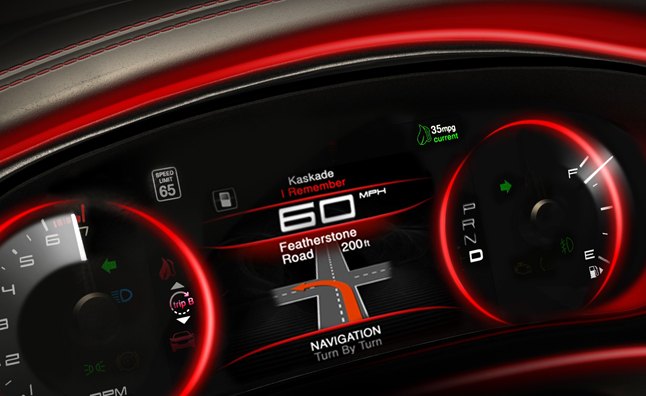















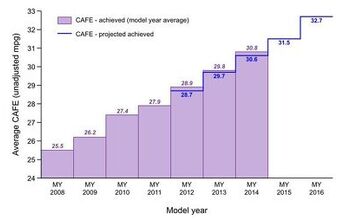
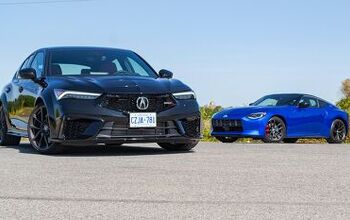


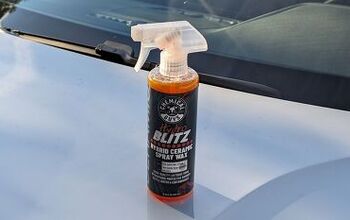





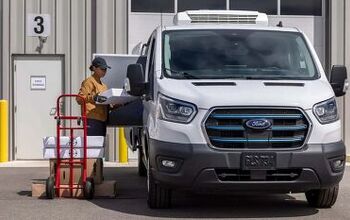

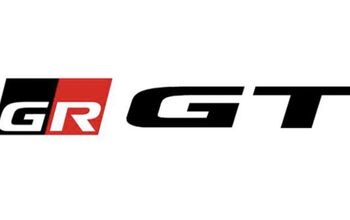
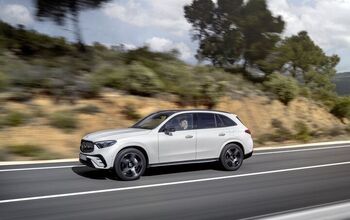
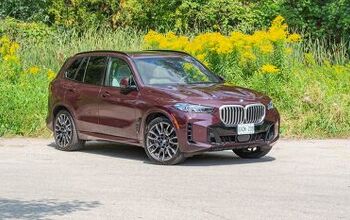
Comments
Join the conversation
Good article